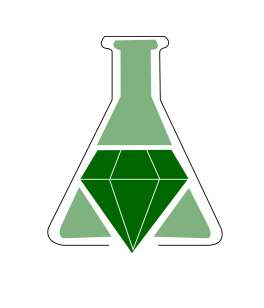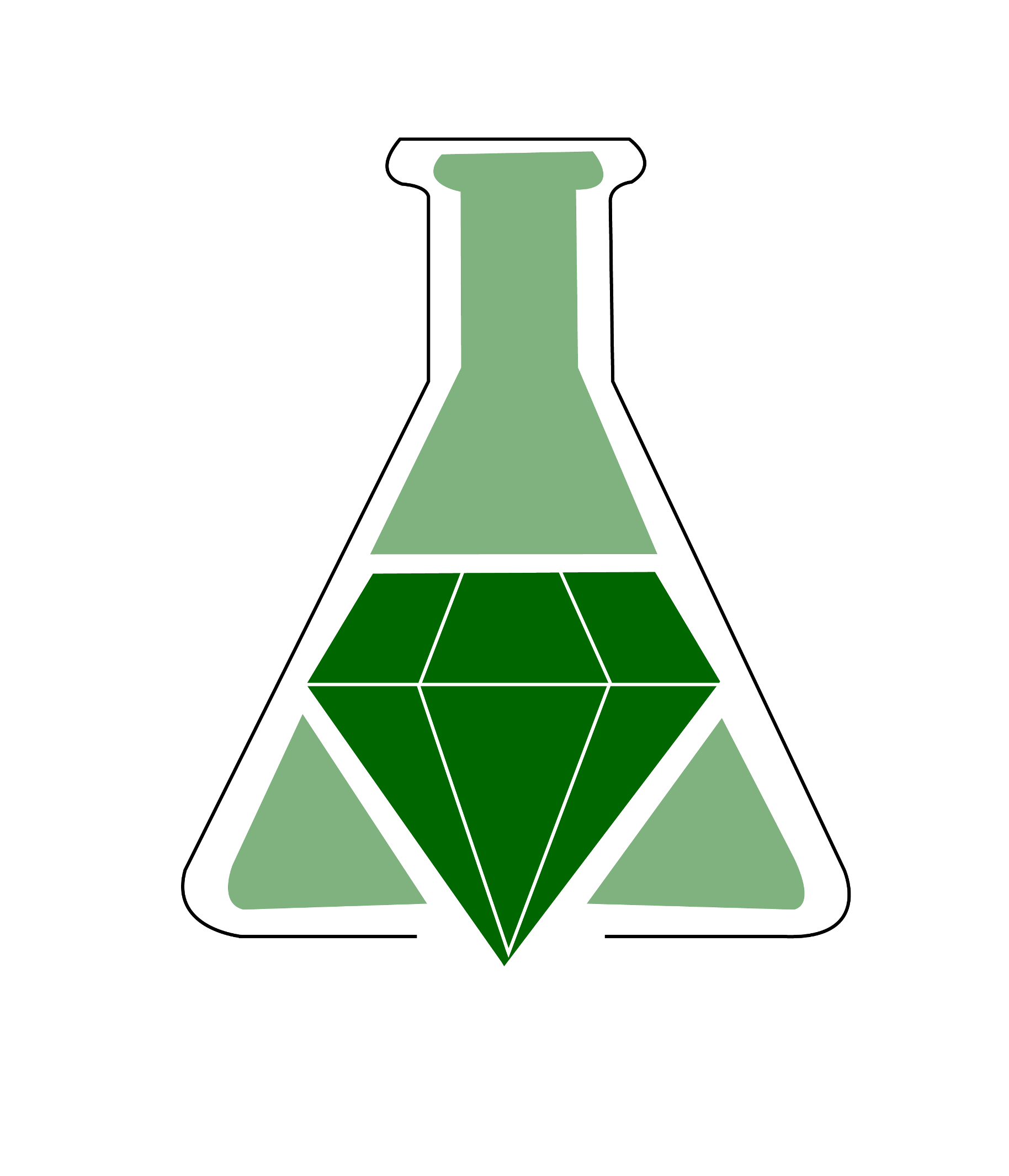Reductive Amination: A Remarkable Experiment for the Organic Laboratory

Summary
There are many tools that a synthetic organic chemist can use to synthesize amines; one of which is reductive amination. This common method of introducing the amine functionality is especially crucial for the synthesis of pharmaceuticals and biomolecules.
A typical reductive amination is a one-pot reaction involving a solvent, an aldehyde or ketone, an amine, and a weakened reducing agent. This experiment starts off solvent-less by simply mixing the two solid reagents, an aldehyde and an aniline, together which causes them both to melt (a great opportunity to discuss melting point depression). A color change occurs and then the imine is reduced by adding the mild and relatively inexpensive sodium borohydride in ethanol, a green solvent.
The amine can be collected and characterized at this point or additional chemistry can be performed. If one opts to, acylating the amine can be quickly done without purification of the amine by simply adding anhydride.
Overall this lab experiment can be used to facilitate discussion about imine formation, carbonyl chemistry, reduction chemistry, carboxylic acid derivative chemistry, melting point depression, recrystallization, IR, proton NMR, and, of course, green chemistry.
Supplementary information includes the lab procedure, post-lab questions, and instructor notes.
Summary prepared for the original GEMs database October 2008 by Douglas M. Young at the University of Oregon.
Reductive Amination: A Remarkable Experiment for the Organic Laboratory
Kim M. Touchette
Journal of Chemical Education 2006 83 (6), 929
DOI: 10.1021/ed083p929
A typical reductive amination is a one-pot reaction involving a solvent, an aldehyde or ketone, an amine, and a weakened reducing agent. This experiment starts off solvent-less by simply mixing the two solid reagents, an aldehyde and an aniline, together which causes them both to melt (a great opportunity to discuss melting point depression). A color change occurs and then the imine is reduced by adding the mild and relatively inexpensive sodium borohydride in ethanol, a green solvent.
The amine can be collected and characterized at this point or additional chemistry can be performed. If one opts to, acylating the amine can be quickly done without purification of the amine by simply adding anhydride.
Overall this lab experiment can be used to facilitate discussion about imine formation, carbonyl chemistry, reduction chemistry, carboxylic acid derivative chemistry, melting point depression, recrystallization, IR, proton NMR, and, of course, green chemistry.
Supplementary information includes the lab procedure, post-lab questions, and instructor notes.
Summary prepared for the original GEMs database October 2008 by Douglas M. Young at the University of Oregon.
Reductive Amination: A Remarkable Experiment for the Organic Laboratory
Kim M. Touchette
Journal of Chemical Education 2006 83 (6), 929
DOI: 10.1021/ed083p929
Safety Precautions, Hazards, and Risk Assessment
See published journal article.
Link to external
